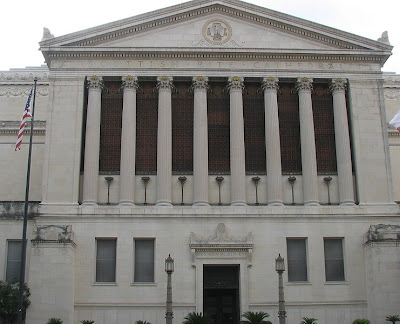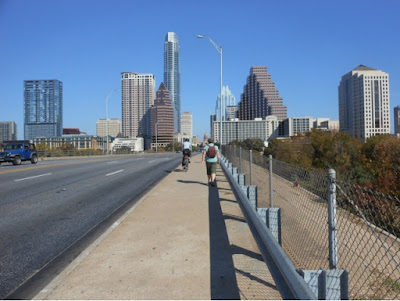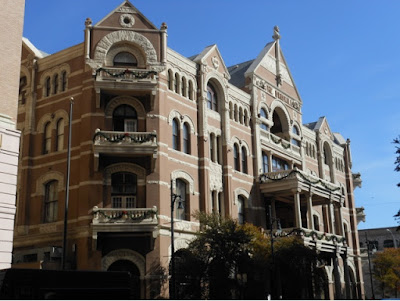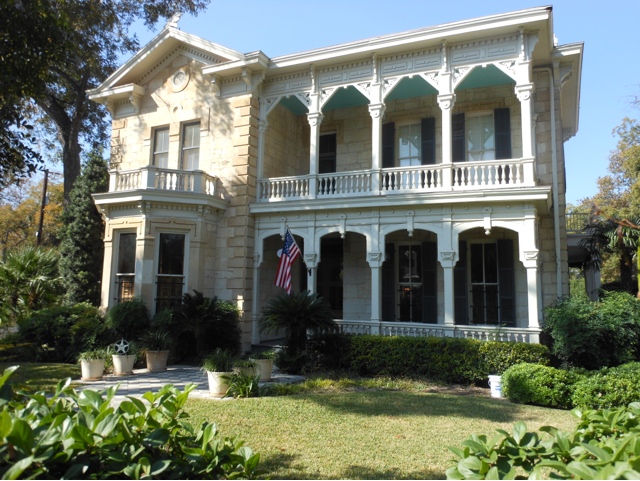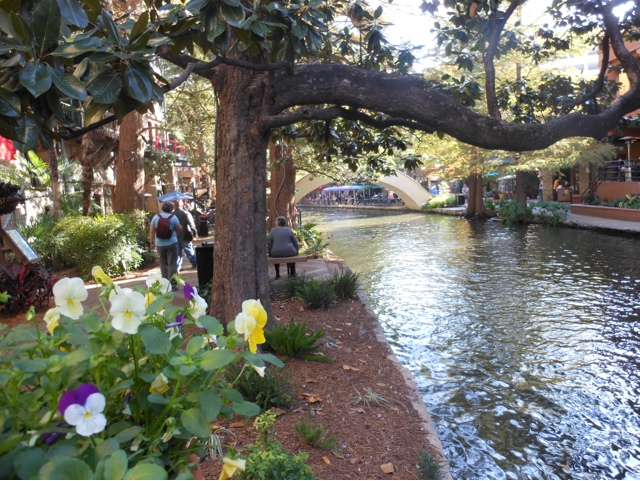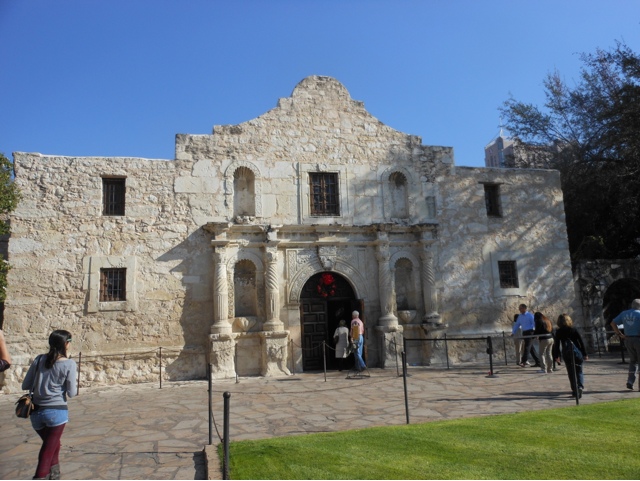More history from the Chamber of Commerce:
The Island was riding a tide of prosperity when a torrential hurricane hit on September 8, 1900. The swelling seas and high winds leveled many blocks and took over 6,000 lives. Despite the horrific loss, Islanders didn’t delay in rebuilding their Island and ensuring its protection from future storms.
Islanders approved a plan to build a 16-foot-high seawall along the beachfront. Behind the seawall, all structures including offices, homes and churches had to be raised to this new elevation. The structures were carefully raised and 25 million cubic yards of fill were pumped in.
The Seawall Construction of the seawall and the grade raising were phenomenal feats of engineering and incredibly expensive even by today’s standards. The grade raising cost Galveston taxpayers and individual homeowners $8 million. The 10.4-mile seawall cost almost $14.5 million in 1904. The seawall is a symbol of the tenacity and spirit of Island residents.
In the beginning of the new century, Galveston’s premier status as the major seaport for the region diminished as Houston aggressively sought the rail and shipping businesses while Galveston still recovered from its tragedy.
The Strand took such a lashing that it did not recover for a number of years; however, nearly four decades ago, Galveston experienced a revival. The Strand National Historic Landmark District received national recognition for its restored Victorian architecture, and the district has set the standard for historical restoration in other communities. Millions of investment dollars have restored historical buildings for new uses and The Strand is once again a bustling center for retail, trade and visitor services.
While its port is still active, the Island’s economy has diversified by adding medical research, the insurance industry, education and tourism – giving the economy more stability and strength.
The tenacity of the Island residents, like their predecessors, has proven to be as strong today as it was in 1900. The Island was struck in September 2008 by Hurricane Ike and around 80 percent of the Island homes and buildings were affected by rising water and wind damage. Residents and business owners have rebuilt and are recovering.
Today, Galveston plays host to over seven million visitors a year. They are attracted to the same features that brought visitors 100 years ago – the Island’s natural beauty, first-class hotels and restaurants, the arts, cultural activities and recreational attractions. Major source: Bob’s Reader by Bob Nesbitt, Galveston historian
Our Visit
Arriving at Seawall Boulevard, we crossed over toward the
beach and began walking along the seawall.
At one point we stopped to take pictures and I looked down at the sand
and noticed a small watermelon growing between a small dune and the
seawall. After looking around a bit, I
was able to spot a few more.
| Hotel Galvez |
There was a nice souvenir shop on this stretch of the
seawall. We also walked past the
historic Hotel Galvez. This elegant Spanish
Revival property was known as the "Queen of the Gulf" when it opened
in 1911.
At 23rd and Broadway we arrived at the Galveston Island Visitors
Center. The Visitors Center was
well-stocked with maps, brochures, self-guided tours, and historical
information. It would have been nice to
find this at the beginning of our walk, rather than near the end.
| Ashton Villa |
Next to the Visitors Center is the Ashton Villa, a Victorian
Italianate structure and one of the first brick buildings in Texas. Some say it is haunted.
| General Granger |
| The Moody Mansion |
Continuing down Broadway, we passed the Moody Mansion before
heading back to 23rd Street (now called Tremont) to complete our walk in the
downtown area. The Moody Mansion is a Richardsonian Romanesque structure now open
to the public as a museum. It is filled
with the furnishings and personal effects of the Moody family.
| Commercial building in Downtown Galveston |
Walk Route: B
Walk Instructions: C+
| We arrived and departed from Galveston via a bridge. Next time I visit Galveston, I'd like to depart some other way. |

